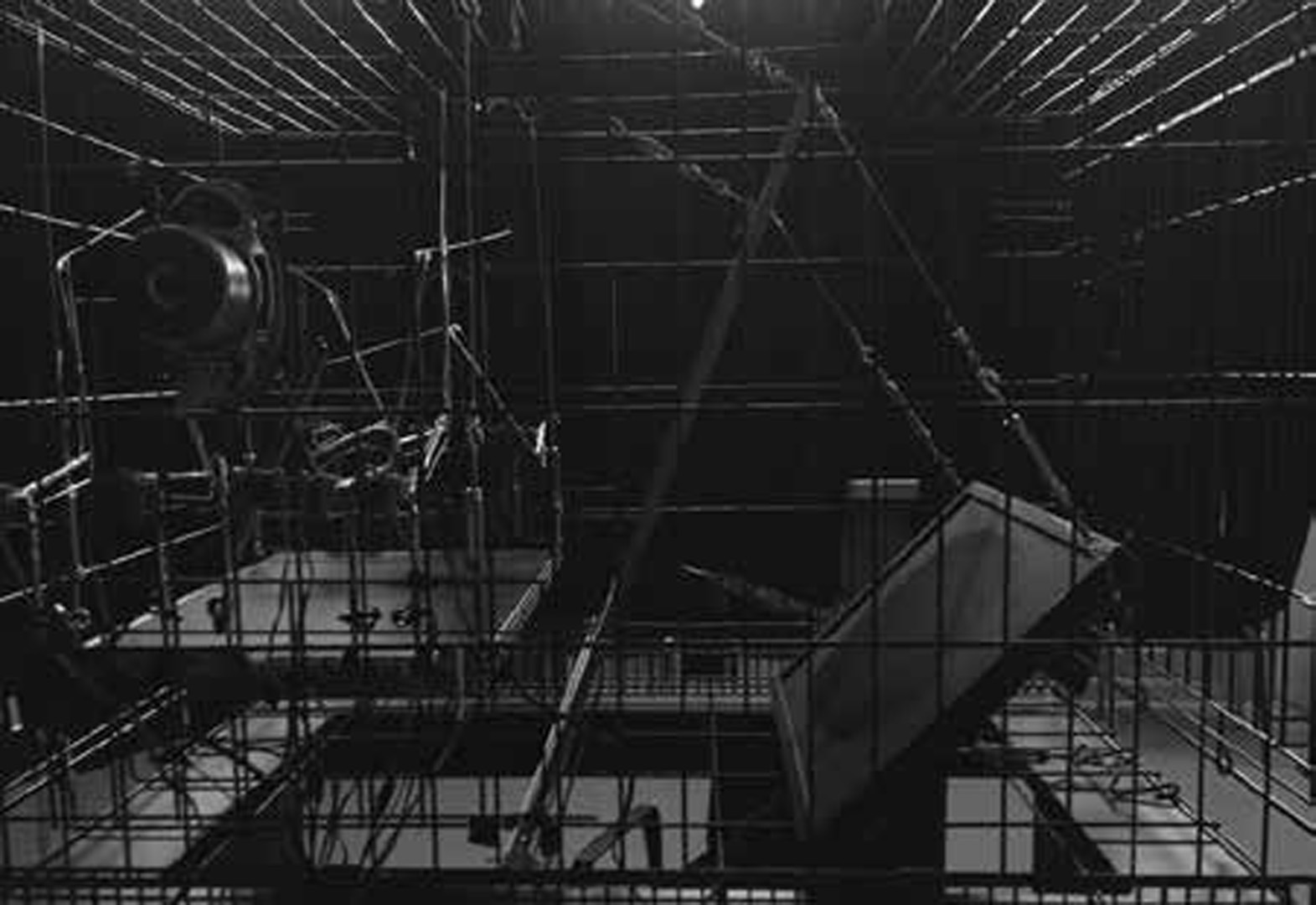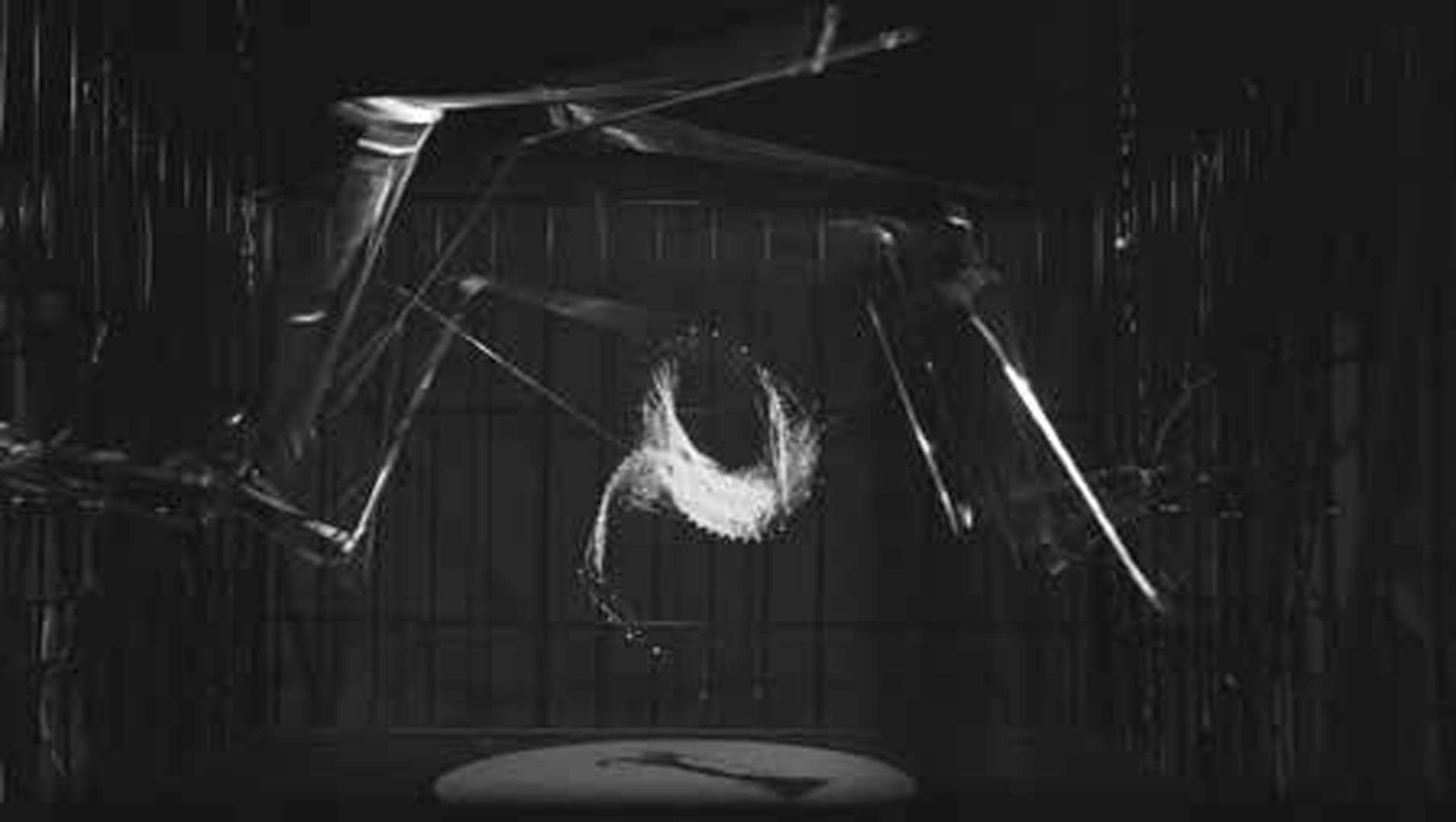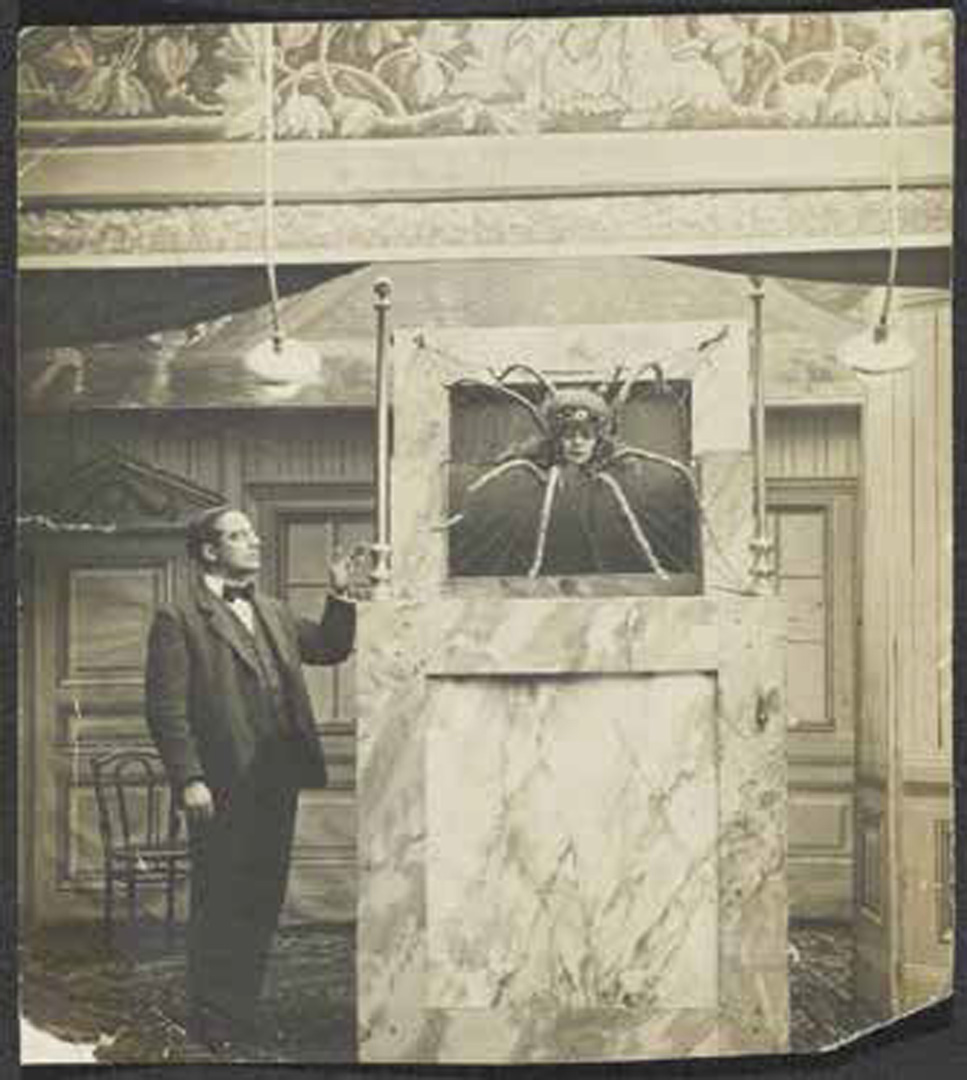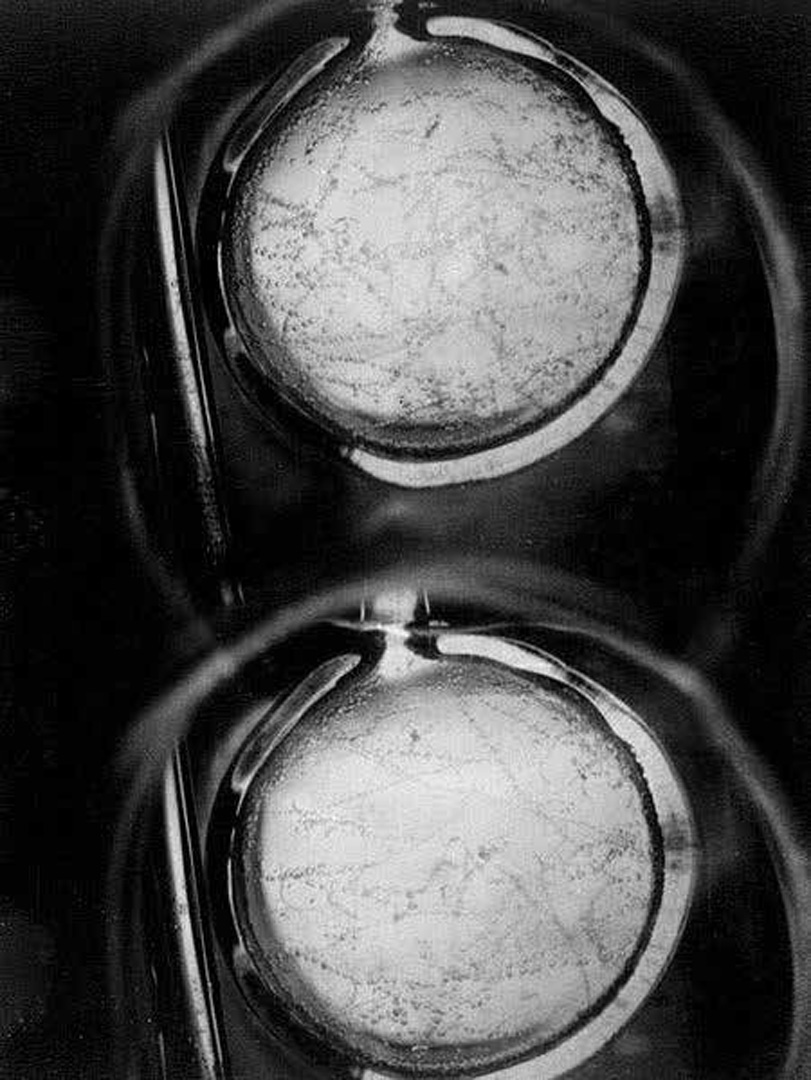“The Trained Particles Circus: Dealing With Attractors, Automatons, Ghosts, and Their Shadows” by Araujo
Conference:
Type(s):
Title:
- The Trained Particles Circus: Dealing With Attractors, Automatons, Ghosts, and Their Shadows
Presenter(s)/Author(s):
Abstract:
This paper identifies the nature of the circus as an ideal place to host a possible scientific-artistic-speculative symbiosis. In it, reality and fiction are found precariously, almost outsider, hardly exportable, halfway between the credible and the fake, amazement and extravagance, science and simulation.
The Trained Particles Circus proposes an improbable, precarious and potentially dangerous meeting place caged between the real and the virtual worlds. Embodied in the relationship between synthetic biomechanics and an automaton, it recreates the figure of the circus artist, the puppet with its own life or the fantastic animal; and it places us as spectators into a contemporary spectacle of hybrid and augmented subjects that conjugate light and shadow, fake and magic, virtual and physical reality, machine and organism [1].
References:
1. Araujo, Patxi, The Trained Particles Circus, (2018), www.vimeo.com/249241029, accessed 4 May 2019.
2. Serres, Michel, Hermès IV: La Distribution (Paris: Minuit, 1977) pp. 9–14.
3. Flea circuses were shown in England and Germany between the years 1830 and 1960 where they were enormously popular, as a combination of extravagant spectacle, amazing impudence and genuine craftsmanship.
4. Calder, Alexander, Cirque Calder (1926–31), Whitney Museum of American Art, New York, NY.
5. Gaffney, Peter D., “Demiurgic Machines: The Mechanics of New York Dada. A Study of the Machine Art of Francis Picabia, Marcel Duchamp, and Other Members of New York Dada during the Period, 1912–1922” (2006). Dissertations available from ProQuest. AAI3211072.
6. Neal, Blair, Survey of Alternative Displays, (2016) www.medium.com/@laserpilot/survey-of-alternative-displays-82d928480b9d, accessed 2 April 2019
7. Sugrue, Chris, Delicate Boundaries, (2007), www.csugrue.com/delicateboundaries, accessed 13 March 2019.
8. Company Adrien M & Claire B, Pixel, www.am-cb.net/en/projets/pixel (2014), accessed 4 May 2019.
9. Trogemann, Georg, Von poietischen Prozessen und poetischen Maschinen / From poetic processes and poetic machines, (2016) www.georgtrogemann.de/ueber-das-machen, accessed 4 May 2019. Lecture as part of Ralf Baecker’s exhibition The Paradox of Knowing Universals, Kunstverein Kassel, www.rlfbckr.org/work, accessed 21 May 2019.
10. Quayola, Sculpture Factory, (2016) www.quayola.com/work/selected/001.php, “accessed 21 May 2019.
11. General-purpose computing on graphics processing units (GPGPU, rarely GPGP) is the use of a graphics processing unit (GPU), which typically handles computation only for computer graphics.
12. Spanish expression that refers to the search for the extreme difficulty of the circus skills.
13. Hemus, Ruth, Dada’s Women (New Haven and London: Yale Univ. Press, 2009).
Additional Images:








